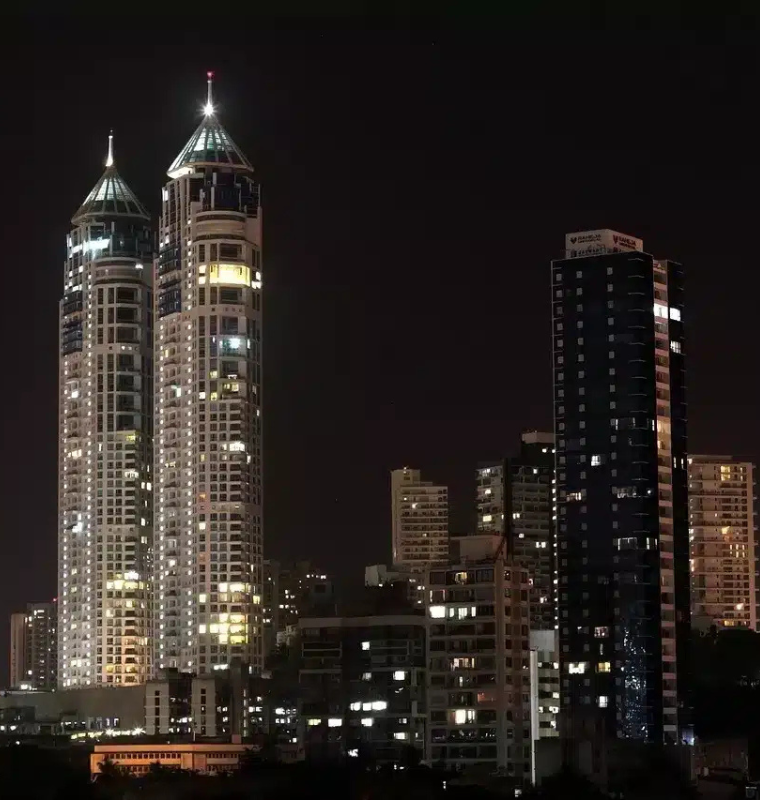Australia’s Inflation Hits Fastest Pace in Over a Year at 3.2%
By
Junia Wells
Last updated:
October 29, 2025
First Published:
October 29, 2025

Getty Images
Australia’s annual inflation rate surged to 3.2% in the year to September 2025, the strongest rise in more than a year and notably higher than most forecasts, according to data released by the Australian Bureau of Statistics (ABS). This result marks a clear signal that price pressures remain more persistent than many expected—and that the central bank’s job just got harder.
Inflation Overview: Key Numbers & Drivers
Several important figures stand out:
- Consumer prices rose 3.2% year-on-year in the third quarter, up from 2.1% in the previous quarter.
- On a quarterly basis, prices jumped about 1.3%, much higher than the roughly 0.7% increase in the second quarter.
- The ABS flagged that the most substantial price rises came from housing (up ~2.5% over the quarter), recreation & culture (~1.9%), and transport (~1.2%).
- The “trimmed-mean” inflation rate—which strips out volatile goods and services—climbed to 3.0% annually, up from ~2.7% in the prior quarter.
What’s Behind the Surge?
A number of contributing factors are worth highlighting:
- The rollback of certain subsidies and rebates (for example in electricity and housing sectors) meant household costs increased faster than many had anticipated.
- Elevated housing-related costs, including rents and regulatory costs, created upward pressure on the “housing” component of CPI.
- Transport and recreation costs also lifted, reflecting broader inflation-drivers rather than just energy or food spikes.
- Despite global disinflation trends, Australia’s underlying cost pressures are proving sticky, with the trimmed-mean move signalling that the inflation surge is not solely due to one-off items.
Implications for Monetary Policy
This uptick puts the Reserve Bank of Australia’s (RBA) target band of 2 %–3 % squarely in view—but now with inflation at the upper bound, the RBA will face difficult decisions. Key implications:
- The elevated inflation reading reduces the likelihood of a near-term rate cut. Analysts now expect the RBA to hold the cash rate at 3.60% for both upcoming meetings in November and December.
- The slowing of disinflation raises concerns over “stagflation” risks—sluggish growth co-existing with elevated inflation—especially if unemployment starts to rise.
- Markets and mortgage holders facing higher borrowing costs may have to brace for longer periods without rate relief.
Broader Economic Context
Australia’s economy has been showing strength in certain areas, but this inflation result highlights the balancing act facing policymakers: stimulating growth while keeping price rises manageable. The faster-than-expected inflation puts upward pressure on household costs just as many households contend with rising rates and debt burdens. A pause or slowdown in global growth or in domestic housing could add to the complexity for the RBA.
What to Watch Next
Going forward, eyes will be on:
- Monthly inflation indicators, which the ABS now publishes in more timely fashion. Early signals may reveal whether this inflation spike is temporary or persistent.
- The next RBA board minutes and commentary from the Governor on how the central bank interprets “stickiness” in housing and recreation-cost inflation.
- Labour-market data, wage growth statistics and domestic consumption trends—since if wage pressure rises further, the inflation risk ramps up.
- Global commodity and energy prices, which could feed through into Australia’s import-price inflation and domestic cost base.
The 3.2% annual inflation rate in Australia signals that price pressures aren’t fading as smoothly as hoped. For households, it means cost-of-living pressures remain high; for the economy, it means the RBA may need to stay cautious; and for investors and markets, the path of monetary policy just became steeper. In short, inflation has taken a turn higher, and the task of bringing it back into comfortable target range just got tougher.
Popular articles
Subscribe to unlock premium content
The Business Behind Handcrafted Japanese Knives That Sell for Thousands

How Calm Turned Bedtime Stories Into a $1 Billion Wellness Empire

The Rise of AI Digital Pets as a Billion-Dollar Fantasy

The Business Behind Handcrafted Japanese Knives That Sell for Thousands

How Calm Turned Bedtime Stories Into a $1 Billion Wellness Empire

The Business Behind Handcrafted Japanese Knives That Sell for Thousands









